Should You Buy a Car With Direct Injection?

Despite advancements in hybrid power-trains and electrification technology, gasoline engines remain the predominant choice in passenger cars because of continued efficiency improvements, most recently through the increased use of direct injection technology. But are you gambling when buying a car with DI, which still has its fair share of concerns and problems?
Direct-injection is becoming commonplace in new cars thanks to its positive effect on fuel efficiency. “The requirements for higher fuel efficiency being stipulated by the EPA assure direct injection will be an increasingly common technology on cars going forward,” Says Karl Brauer of TotalCarScore.com “A such, automakers will have to figure out how to make it durable and cost effective.”
It’s the next generation of fuel injection, which replaced the carburetor somewhere back in the ‘80s. By result of squirting fuel right into the individual cylinder, the engine gets a higher quality of combustion and an increase in combustion efficiency. This means that a smaller engine with direct-injection can make as much power as a bigger engine without direct injection. By precisely timing and placing the injection of the fuel into the cylinder, engineers have managed to ensure a more efficient combustion. Therefore, it pollutes less too.
NEW TECH, NEW PROBLEMS?
However, direct injection isn’t without its critics. “There is a process of getting the technology to not only work but to be durable and cost effective,” Says Brauer. “The latter always takes time when a new technology first enters mainstream production.”
There are many longevity concerns with direct injection equipped engines. For example, the high pressure injection used in these engines causes a lot of stress on the fuel pumps. Regular fuel pumps in non-direct injected applications operate at much lower pressure than the high-pressure fuel pumps in direct-injected power-plants. The difference is in thousands of PSI.
Some high-pressure fuel pumps, like those used with BMW’s twin-turbo direct injection engine in the 2007-2010 335i, the 2008–2010 135i, 535i and X6 xDrive35i, as well as the 2009–2010 Z4 Roadster sDrive35i have been known to fail prematurely.
Another problem with direct injection is with ethanol fuel. Ethanol is known to speed up the corrosion rate of some metals that are used in an engine. With the higher pressure of a direct injection engine, and thanks to the fuel injector being exposed to in-cylinder explosions, there’s a higher chance of a problem or failure. Because of this, it’s more important to use higher quality fuels.
Finally, the biggest concern with direct-injection technology is with carbon buildup. In a direct injection engine, oil droplets tend to get ‘baked’ on the valve. Carbon buildup can create a lot of headaches in the long-term, with build-up being bad enough to make extra noise during operation and damage the engine. At the very least it can reduce fuel mileage, and affect performance.
This issue can affect other components in your car’s engine, like turbochargers or catalytic converters. Luckily, some automakers have filtering systems in place to catch droplets and debris.
Newer implementations of direct-injection are designed around these problems. Toyota’s D-4S system that is in use in some of its cars such as the Scion FR-S and Lexus GS350 have a second set of port injectors (not direct injectors) that run when needed to help clear off the carbon build up and optimize performance. Wade Hoyt from Toyota’s communications team explains “The main benefit is that it allows the compression ratio to be raised without pre-ignition or ‘pinging.’ Higher compression produces more horsepower.” Wade points out that “All of the D-4S equipped engines have higher-than-usual compression ratios.”
OLD SUPERCAR TECHNOLOGY, NOW IN AFFORDABLE CARS
While becoming commonplace, direct injection technology is not new. The first vehicle with direct injection is said to be the race-car turned production car, the 1955 Mercedes-Benz 300SL. The usage of direct-injection is considered to be one of the key factors in helping the car reach its record breaking top speed of 161 mph. Where the 300SL featured supercar-like engineering like direct injection, the technology is now it’s being used in cars as affordable and frugal as the Hyundai Accent.
Direct injection is helping to extend the dominance of gasoline powered vehicles everywhere. It provides more power, helps with fuel savings and can lower emissions without any change to the way the car drives.
With direct injection used in the tiny 1.6-liter engine found in the Hyundai Accent, the car can make a (relatively) whopping 138 horsepower. The engine in the Honda Civic, which doesn’t have direct injection, needs to up the displacement to 1.8L just to make similar power. The 2.0L Skyactiv-G engine in the Mazda 3, which makes 155-hp thanks to direct injection, is seven horsepower more than a non-direct injected 2.0L Subaru boxer engine found in the new Subaru Impreza.
It’s clear that the adoption of direct injection by automakers hasn’t peaked yet, and durability concerns are known. Additionally, with recent news from Hyundai and Kia that fuel-mileage claims are being downgraded, there’s a chance that some direct injection implementations aren’t as successful as marketed.
With some more time and development, gains in reliability are certain to be achieved. And by combining direct injection with variable valve timing, smart alternators and start-stop features, the extra mileage achieved is certain to make the efficient and effective gasoline engine the dominant powertrain choice for years to come.

Sami has an unquenchable thirst for car knowledge and has been at AutoGuide for the past six years. He has a degree in journalism and media studies from the University of Guelph-Humber in Toronto and has won multiple journalism awards from the Automotive Journalist Association of Canada. Sami is also on the jury for the World Car Awards.
More by Sami Haj-Assaad



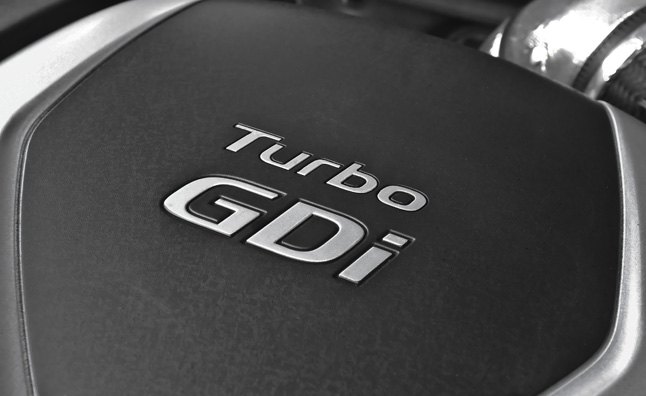


















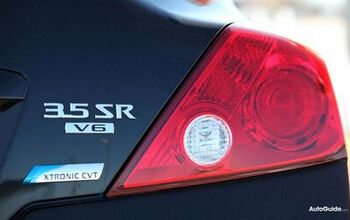
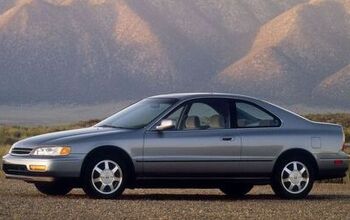
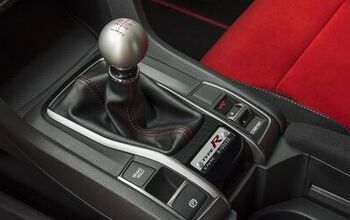

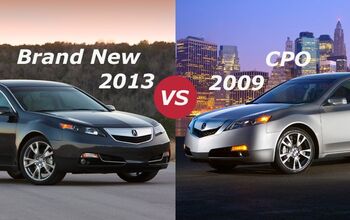
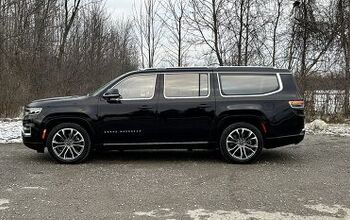


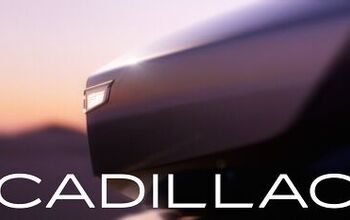
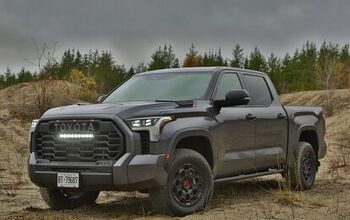
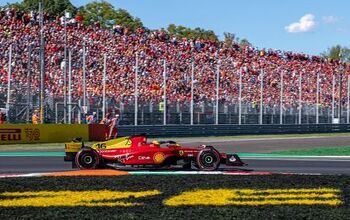


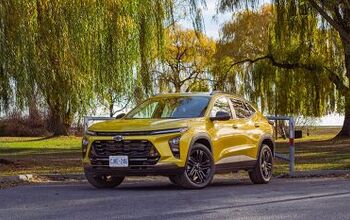

Comments
Join the conversation
I have two 08 Cadillac STS. One is a V and one is a 4.6 V8 and both have DI. The 4.6 has 106K and the V has 44K. So far the only problem I've had was the alternator failed on the V. Everything else has been scheduled maintenance. I do run a gasoline cleaner occasionally.
@ DLW - *Neither* of your Northstar engines has direct injection. Not to flame you, but why would you go through the trouble of posting a comment without knowing that?